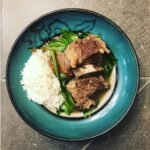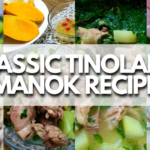Tips On How To Eat Like a True Filipino

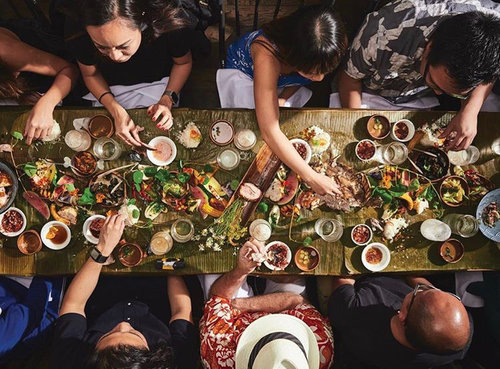
EAT LIKE TRUE FILIPINO – Anyone who’s been to the Philippines knows how much Filipinos love to eat. Food is more than just physical nourishment. It is a huge part of culture, community, and celebration that they very much enjoy sharing with anyone willing to partake. Read on and learn how to immerse yourself through this vital component of Filipino life.
Eating is treated as a social affair
Rarely will people see members of a Filipino family eating at different times of the day or eating while fixated solely on the TV screen. This is because mealtime in Filipino households is supposed to bring the family together. It is the time to talk, tell each other about their days, and really just interact with one another. Food in the Philippines brings people together. This is also the reason a feast is always at the center of any Filipino celebration.
Eat three big meals and several smaller ones in between

Many people are surprised at just how much Filipinos eat in a day. Breakfast, lunch, and dinner are all typically big meals (a Filipino breakfast, for example, consists of rice, eggs, and meat). But don’t think these are enough to satisfy the Filipino appetite.
It isn’t a meal without rice
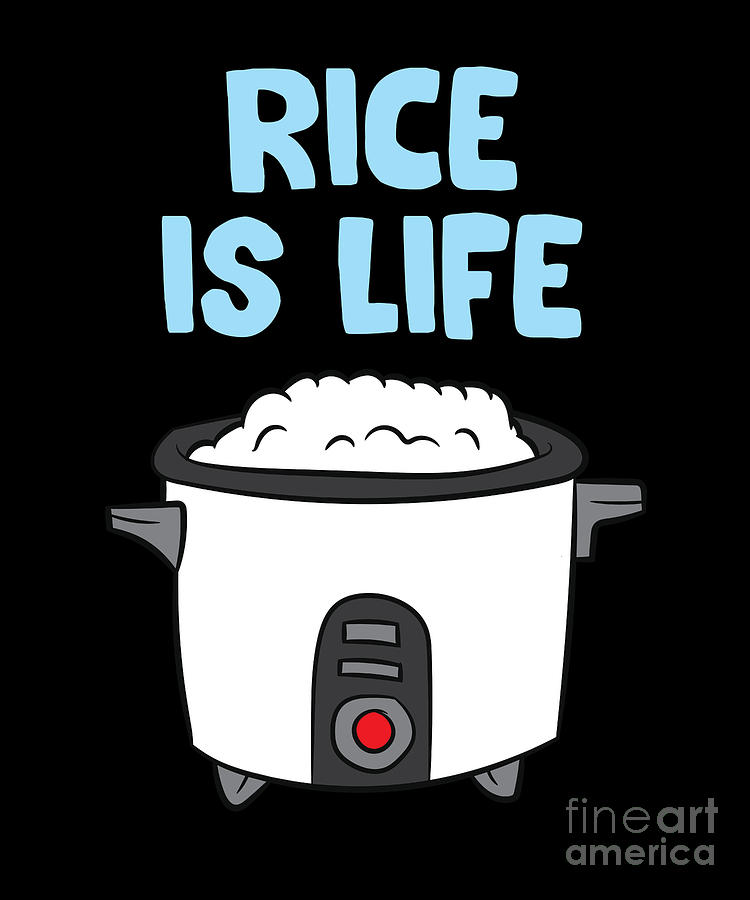
Eat Like True Filipino meals are usually served with a big bowl of rice and several viands in the middle of the dining table. Rice will always be present.
This is also why viands or ulam (anything eaten with rice) in the Philippines are always very rich in flavor because the rice’s neutrality will balance it out.
Eat like true filipino with a fork and spoon

Eating with a spoon instead of a knife is much easier for Filipinos as there is more room for the rice to rest.
Although knives are usually placed on the table at restaurants, most Filipinos have mastered how to cut meat using only the edges of their spoon, leaving little use for the sharper utensil unless bigger cuts of meat, like steak, are served.
Know proper food formation on the plate
This is the most convenient way since Filipinos will normally take a bit of the viand, pushing it onto their spoon with the fork, and then portion off a a bigger amount of rice and pushing it towards their spoon. Such arrangement requires little utensil movement, mostly needing to only go across the middle area of the plate
We eat with our hands
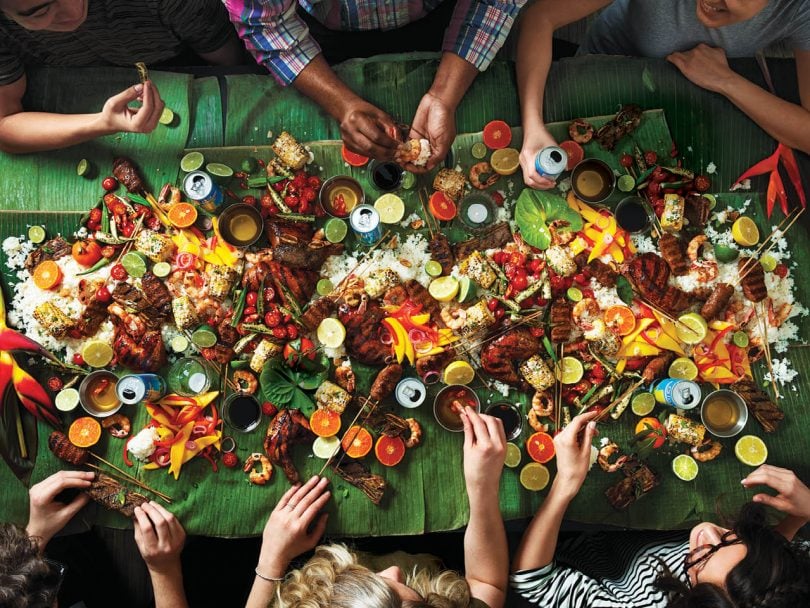
Eat Like True Filipino – A common Filipino joke is that food tastes better “‘pag kinakamay” (when eaten with the hands). Though this probably doesn’t alter the taste of the food (if you have clean hands, that is), what it does is that it makes the eating experience much more immersive and fun. It also makes things easier when eating seafood and meats with a lot of bone.
While peeling things like shrimp normally requires both hands, the actual eating part only really calls for the use of one.
The viand and rice are first portioned off on the plate and then brought together by the four tallest fingers. The thumb further pushes the food towards these fingers to make them more compact, and supports it as the hand is brought up to the mouth. And finally, the thumb moves from supporting the food to pushing it from behind, and into the mouth.
Although nowadays, eating with your hands is usually done in the comforts of your own home, at community fiestas, or when amidst comfortable company. Rarely do people eat with their hands in restaurants unless it’s a special seafood or “boodle fight” style restaurant.
Get creative with sawsawan or condiments

Filipinos are very fond of eating their ulam with sawsawan (condiments) since they enrich the flavor of the dish. Among the most famous kinds are fermented shrimp paste, banana (yes, banana) ketchup, and combinations of soy sauce and kalamansi (lime), fish sauce and kalamansi, and vinegar and chilli.
Be an adventurous eater

Sure, many Filipino delicacies can appear unusual to some — not everybody eats developing bird embryo or skewered chicken intestines. But to be able to truly immerse yourself in the rich food culture in the Philippines, it’s very important to be a fearless eater, willing to try everything at least once. It’s easy to turn things away when you’ve already given it a chance and decided that it’s not for you. But otherwise, don’t knock it ’til you’ve tried it.
Invite people to eat with you — whether you mean it or not
In the country where instead of “how are you”, people greet each other with “have you eaten?”, it is also common courtesy to invite someone to eat when you’re eating.
So for example, if someone were having lunch in the office pantry, and his colleague happened to walk in for a glass of water, the guy eating would normally say, “Tara, kain (Let’s eat),” simply out of courtesy. To which, the other person would reply something along the lines of “Later, thanks,” or “Thanks, but I just ate.”
Avoid taking the last piece of food on a serving plate
This is the ultimate Eat Like True Filipino gesture. While doing otherwise isn’t exactly offensive, the practice of not taking the last pieces of food from the center of the table is subconsciously practiced by most Filipinos. This is mostly out of shyness in case anybody else at the table is still hungry.
Among close friends and family, it’s more common for someone to lightly and jokingly announce that he’ll be taking the last piece upon doing so.
While in less intimate circles, someone who wants the last piece might first offer it around the table, and after several refusals, only then take it for himself.
Consider this
Though admirable and remarkable in parts, there is room for improvement in the Philippine food culture if people fervently wish for it to thrive even more.
For one, there is a lack of care on daily meals. We notice that during the weekly grind, the average Filipino doesn’t really put much thought on what they eat. They just need something to fill the tummy with.
The unli rice phenomenon where people eat more because it is free rather than appreciating what they are eating puts truth to my claim.
The carinderias who fight to get their ulam down to a price of P40 start using fat cubes rather than pork in their dishes. The healthy eating movement may be changing this, but there are still many people who prefer more for less rather than quality. I guess this comes hand-in-hand with the financial hardships people face and/or lack of time but there has to be a better option.
Right now as it stands, it is this lack of knowledge and understanding of the food heritage that allows Philippine food to be misrepresented to the world.
Schools
In schools, I notice that they don’t know or teach much about food history. Filipinos just eat, oblivious to why their food is the way it is. It’s nice that chefs are championing local produce and introducing everyone to indigenous crops, but there isn’t as much support in education.
As early as elementary, kids should be taught about their country’s range of produce and nutrition, with the hope of sparking more conscious eating and avoid hunger, obesity, and health-related diseases.
How great it would be that by learning Filipino food history, children could also learn how influences entered the country and regions. It would help to appreciate each regional difference and highlight the beauty of Filipino food. It would highlight that Filipino food is not only adobo, sinigang, or sisig.
Heritage
Right now as it stands, it is this lack of knowledge and understanding of food heritage that allows Philippine food to be misrepresented to the world.
How great would it be if a foreigner asked you, how come most of the Filipino dishes use vinegar or lots of salt (soy, patis) that you could give a clear answer. Or, if someone asked why a lot of Filipino food are either deep-fried or stewed, you could educate them on the reasons. You could help them understand why the food has evolved the way that is has and the barriers that this country has to overcome when it comes to food.
Value
There really is only one way to find out how Filipinos have come to value food the way they do—by revisiting history. In doing so, we will all come to understand the culture and see its worthy place in our lives. The way Filipinos eat, like in any other country, is neither random or haphazard.
But from what I and many of my foreigner friends have seen, food has become an integral part of people’s lives, something that has the power to bring people with many differences together. And I am fortunate to not just be a witness but now become a part of that.





